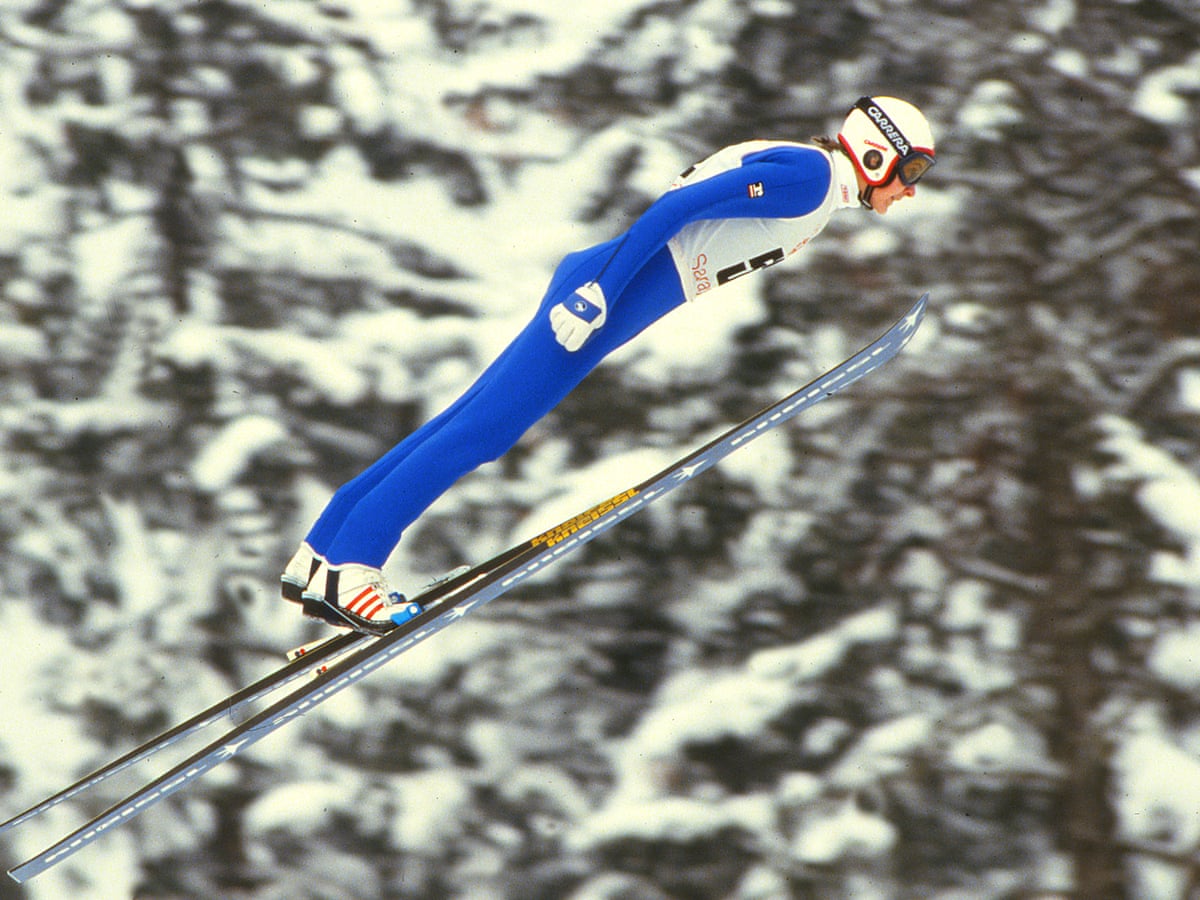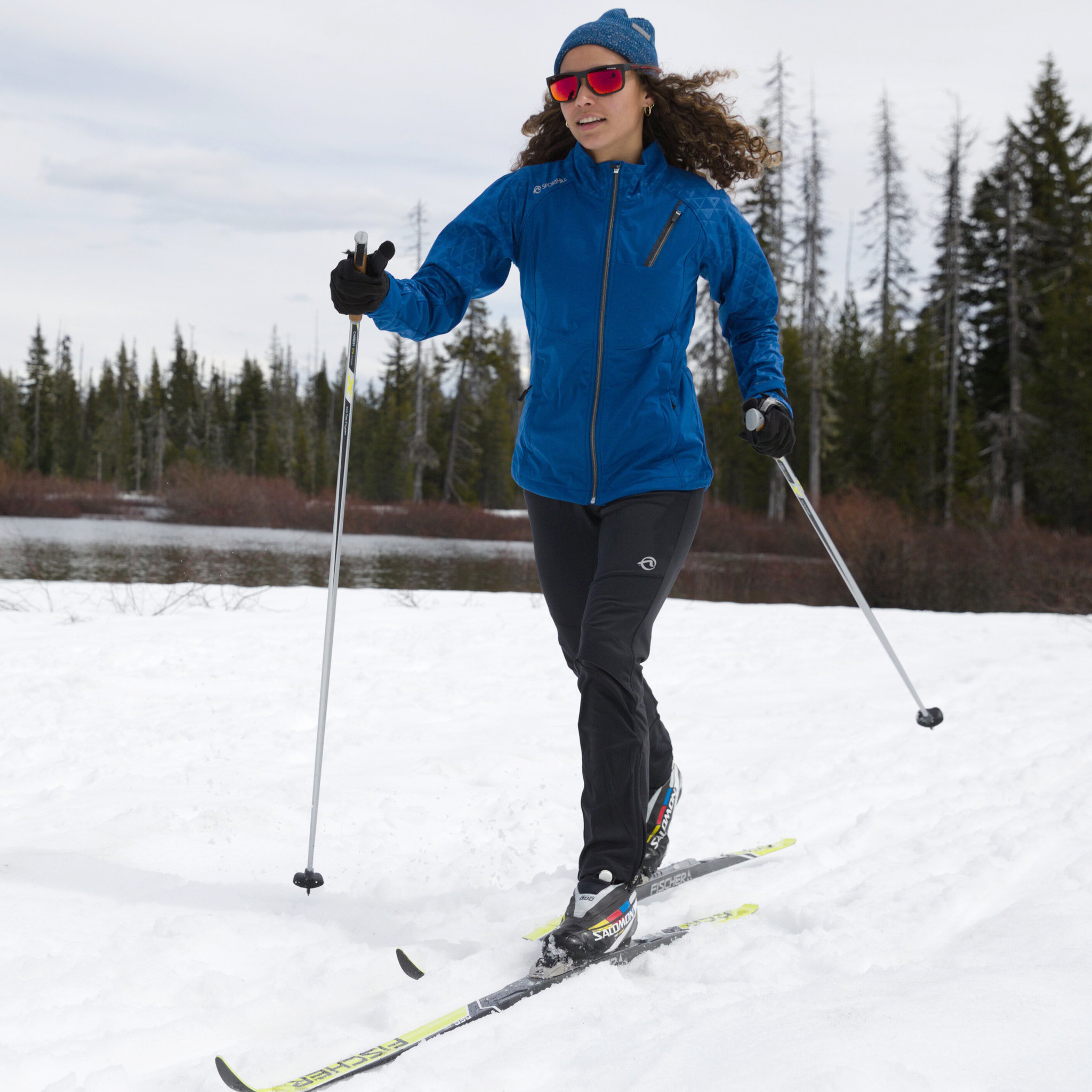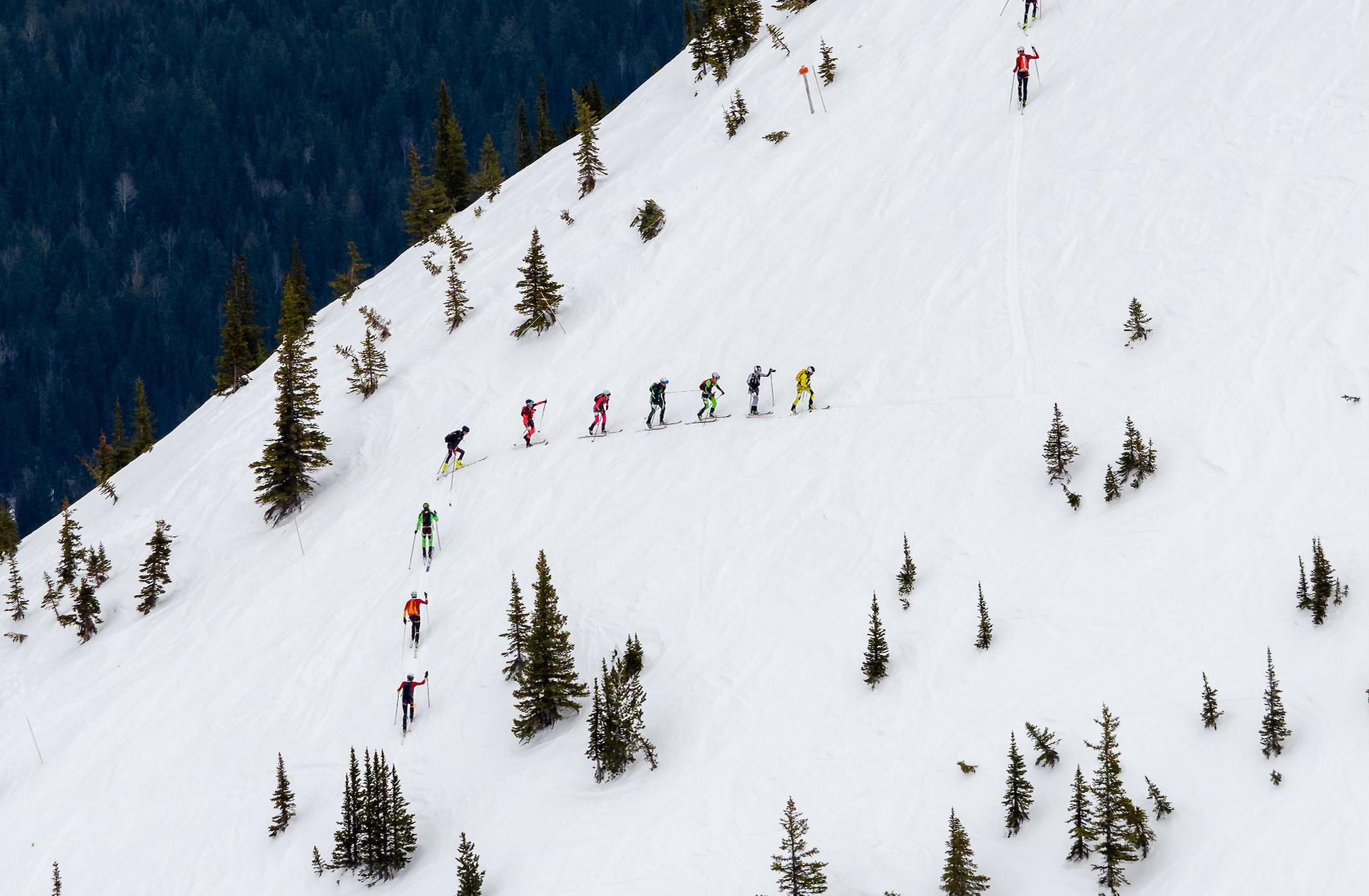
Skiing is a long-standing sport with a history dating back to the Stone Age. The sport has grown from its utilitarian roots and is now a flourishing sports industry that is an integral part of winter vacations around the world.
Skiing was first used as a means of transport by trappers, miners and others who needed to get around in the mountains during the colder seasons. For control and balance, the first skis were simple and flat.
Skis were first shaped in the middle ages, with a focus on speed and control. The sport was introduced to Europe by Europeans.
The earliest forms of alpine skiing were downhill, giant slalom, and slalom racing. These events became an integral component of the Olympic Games. They have been held continuously ever since.

Alpine skiing is a popular sport all over the world. This is due to the thrill of gliding down steep hills.
In the 19th century, cross country skiing was popular in Norway, and it soon spread to other parts of Europe and the United States. Tromso (Norway) hosted an 1843 cross-country ski race. By 1860, downhill races using only toe-straps (12 foot (3.75 metre) skis) were being held in California.
The military was the inspiration for the next evolution in skiing. It was a natural progression of the ski's utilitarian purposes. In 1760 the Norwegian army began holding cross-country and Downhill skiing competitions.
These military-based races were the precursors to the modern Olympics, and they paved the way for the sport's acceptance in the public eye. Christiania, Norway was the location of the first ski jumping competition.
Cross-country skiing is still very popular in North America and Europe but downhill, or alpine, skiing is becoming the most common form. The first Olympic downhill skiing competition took place at the 1936 Garmisch-Partenkirchen Winter Games, and the men's and women's races have been included in the program to this day.

The 20th century saw skiing gain popularity in North America as well as Europe. New generations of skiers and snowboarders made the sport their own. In the United States and Canada, ski resorts have been thriving since then thanks to the advancement of technology as well as the emergence of mass tourist.
Today, skiing has become an important part of the U.S. economic sector. There are more than 150,000 skiers who live in mountain communities throughout the western U.S. The snowy mountains of Utah, Colorado, Montana and Idaho are some of the world's most popular skiing destinations.
The remarkable evolution of skiing has been incredible. It evolved from a utilitarian tool to a global sport. A popular form of recreation is skiing, thanks to the rise of terrain parks (snow parks) that enable people to do impossible tricks. Twin-tip skiing was invented in 1950s. Freestyle skiing was introduced in 1980s. This allowed for more tricks and a wider audience.
FAQ
Which countries are known for their best food?
Different countries have different cuisines. It is difficult to know which countries are best at cooking.
But, we can still tell you where the best cuisine is!
TripAdvisor users rank these countries as the top three most popular:
-
Italy - Italy has been voted the number 1 destination by TripAdvisor users thanks to its fantastic food.
-
France - France came in second place because of its rich culture, cuisine and history.
-
Spain - Spain was third due to its beautiful beaches and great weather.
Which are the best places to stay abroad for a bargain?
Cheap accommodation options for travelers include hostels, hotels, guest houses, and bed & breakfasts.
Hostels are inexpensive and offer dorm-style rooms where guests share bathrooms and living areas.
Hotels are often located in tourist areas. They offer private rooms with en-suite bathrooms.
Although they look similar to hostels in that they have smaller rooms and more people sharing each one, guesthouses can be quite different.
These bed & breakfasts are very popular with budget-conscious travellers. A guest stays in a private home and is provided with a full morning breakfast.
What documents should I have with me while traveling?
You can always access important documents while you are on the road by keeping copies at home. If you plan on using an ATM machine, you may want to keep a copy of your passport, driver’s license and other official identification cards.
It's always a good idea for you to have a photocopy with you of your passport in case you need it.
Also, don't forget to include copies of your itinerary and reservations. These will help you remember where you are going and what you plan to see.
Also, keep a duplicate of your flight ticket as well as details about your hotel reservation. If you have any problems, you can always contact someone back at home.
Also, don't leave valuables unattended. Make sure you have a place to store your valuables, such as a money belt or in your luggage.
You can avoid expensive loss by checking your baggage before you travel.
Remember: It's safer not to plan too much than to keep everything simple.
Enjoy your journey and relax!
Are you worried about losing something while you're on the road?
Yes, I often forget stuff. This happens especially when I'm going on a short trip. But I have everything with I, so I never run low.
For example, I always have my passport with me. Also, I always make sure that I have enough money before I purchase tickets.
Also, my phone charger is always with I. Also, I have a small bag that I store my other items in.
Statistics
- Alcoholic beverages with more than 24% but not more than 70% alcohol are limited in checked bags to 5 liters (1.3 gallons) per passenger and must be in unopened retail packaging. (tsa.gov)
- Alcoholic beverages with 24% alcohol or less are not subject to limitations in checked bags. (tsa.gov)
- Pack sweaters, jackets, and underwear in reusable compression bags creating up to 75% more space in your luggage. (wikihow.com)
- Between the ages of 11 and 13, kids, or tweens, will likely want some autonomy but also need boundaries. (travelandleisure.com)
- That's an 18% jump from 2019, the previous record year. (travelandleisure.com)
External Links
How To
Which are the best travel tips and tricks for beginners?
While traveling is an exciting experience there are many traps that you must avoid in order to enjoy a safe and enjoyable trip.
These are some general tips that will help you plan your next vacation.
-
Make sure to book early. Book early to get lower prices. Last-minute deals by airlines and hotels can also be saved money.
-
Stay-at-budget accommodations. You get more for your money in cheap hotels. These hotels are often located close to shopping and public transportation.
-
Don't overpack. Keep it light. Make sure you have enough space for souvenirs and other gifts. Bring clothes that fit well and won't wrinkle easily.
-
Be sensible. Traveling alone? Don't go out at night. Avoid dangerous neighborhoods and areas with high levels of crime.
-
Protect your valuables from theft. Keep valuables safe from prying eyes. You should never leave anything valuable at home when you go swimming.
-
Take extra care when handling cash. Tourists living in foreign cities are often the target of thieves. Keep your money out of view and use ATMs inside banks or guarded facilities.
-
You should know where you are. Before booking a hotel, ensure you know how to get around using public transport. Discover information about tourist attractions and restaurants.
-
Safety is important. Before you travel to another country, be familiar with the customs, laws, and culture.
-
Have fun. No matter what happens, enjoy yourself. It is worth it.